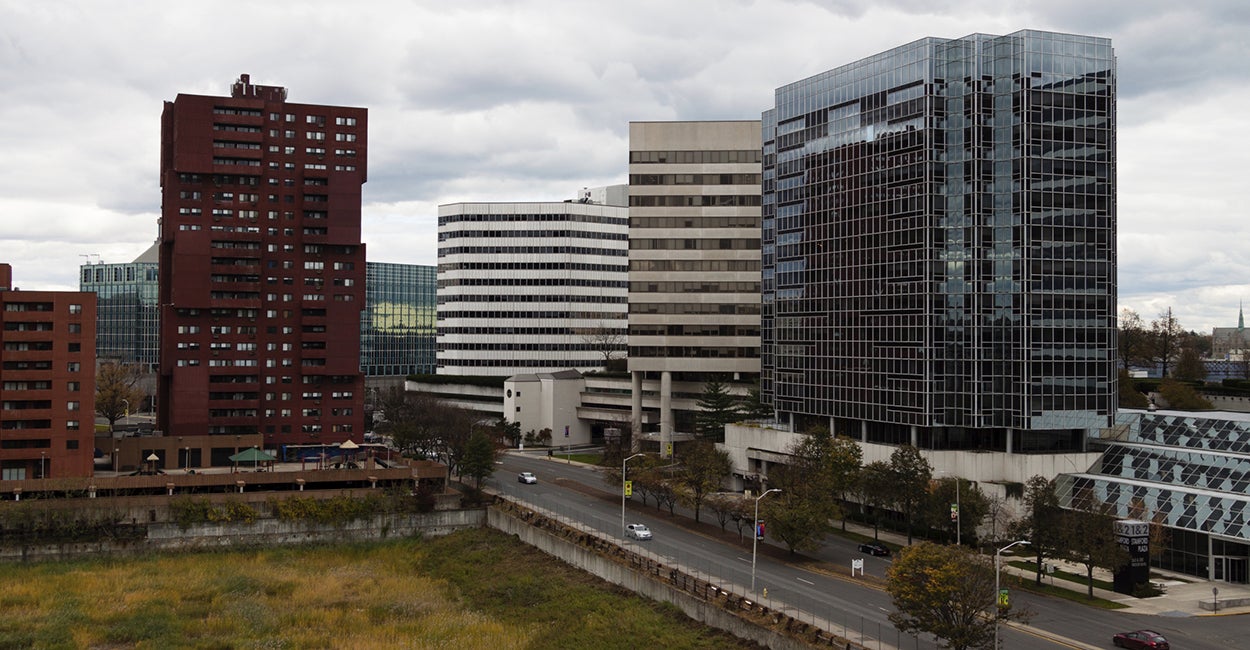The Surprising States That Have Greater Income Inequality
The Daily Signal
Stephen Moore / @StephenMoore /
Richard Vedder / June 08, 2014
For those in Washington obsessed
with reducing income inequality, the standard prescription involves raising
taxes on the well-to-do, increasing the minimum wage, and generally expanding
government benefits—the policies characterizing liberal, blue-state governance.
If only America
took a more “progressive” approach, the thinking goes, leaving behind
conservative, red-state priorities like keeping taxes low and encouraging
business, fairness would sprout across the land.
Among the problems with that view,
one is particularly surprising: The income gap between rich and poor tends to
be wider in blue states than in red states. Our state-by-state analysis finds
that the more liberal states whose policies are supposed to promote fairness
have a bigger gap between higher and lower incomes than do states that have
more conservative, pro-growth policies.
The Gini coefficient, a standard
measure of income inequality, calculates the ratio of income at the top of the
income scale relative to the income of those at the bottom. The higher the
ratio, the more inequality. A Gini coefficient of zero means perfect equality
of income and a Gini coefficient of one represents perfect inequality, such as
if one person has all the income.
The measure has some obvious
flaws: If everyone is doing better but some get richer at a faster pace, the
Gini coefficient will increase, and so rising prosperity and economic progress
will look like retrogression. Still we used it in our analysis, since it is the
favorite measure among advocates of greater equality and the stick used to beat
free markets. Conveniently, the U.S. Census Bureau annually calculates the Gini
coefficient for the 50 states and the District
of Columbia.
According to 2012 Census Bureau
data (the latest available figures), the District of
Columbia, New York, Connecticut, Mississippi
and Louisiana have the highest measure of
income inequality of all the states; Wyoming, Alaska, Utah, Hawaii and New
Hampshire have the lowest Gini coefficients. The
three places that are most unequal—Washington, D.C., New York and Connecticut—are
dominated by liberal policies and politicians. Four of the five states with the
lowest Gini coefficients—Wyoming, Alaska, Utah and New Hampshire—are
generally red states.
In the Northeast, the state with
the lowest Gini coefficient is New Hampshire (.430), which has no income tax
and a lower overall state tax burden than that of its much more liberal
neighbors Massachusetts (Gini coefficient .480) and Vermont (.439). Texas is often regarded as an unregulated Wild West of
winner-take-all-capitalism, while California
is held up as the model of progressive government. Yet Texas
has a lower Gini coefficient (.477) and a lower poverty rate (20.5%) than California (Gini
coefficient .482, poverty rate 25.8%).
Do the 19 states with minimum
wages above the $7.25 federal minimum have lower income inequality? Sorry, no.
States with a super minimum wage like Connecticut
($8.70), California ($8), New
York ($8) and Vermont
($8.73) have significantly wider gaps between rich and poor than those states
that don’t.
What about welfare benefits? A
Cato Institute report, “The Work Versus Welfare Trade-Off: 2013,” measured the
value of all welfare benefits by state in 2012. In general, the higher the
benefit package, the higher the Gini coefficient. States with high income-tax
rates aren’t any more equal than states with no income tax. The Gini
coefficient measures pretax, not after-tax income, and it does not count most
sources of noncash welfare benefits. Still, there is little evidence over time
that progressive policies reduce income inequality.
To be clear, our findings do not
show that state redistributionist policies cause more income inequality. But they
do suggest that raising tax rates or the minimum wage fail to achieve greater
equality and may make income gaps wider.
Here is why we believe these
income redistribution policies fail. The two of us have spent more than 25
years examining why some states grow much faster than others. The conclusion is
nearly inescapable that liberal policy prescriptions—especially high income-tax
rates and the lack of a right-to-work law—make states less prosperous because
they chase away workers, businesses and capital.
Northeastern states and now California are being
economically bled to death by their pro-growth rivals, especially in the South.
Toyota didn’t leave California
for Texas for
the weather. The latest IRS report on interstate migration provides further confirmation:
The states that lost the most taxpayers (as a percent of their population) were
Illinois, New York,
Rhode Island and New Jersey.
When politicians get fixated on
closing income gaps rather than creating an overall climate conducive to
prosperity, middle- and lower-income groups suffer most and income inequality
rises. The past five years are a case in point. Though a raft of President
Obama’s policies—such as expanding the earned-income tax credit and food
stamps, and extending unemployment benefits—have been designed to more fairly
distribute wealth, inequality has unambiguously risen on his watch. Those at
the top have seen gains, especially from the booming stock market, while
middle-class real incomes have fallen by about $1,800 since the recovery
started in June 2009.
This is a reversal from the 1980s
and ’90s when almost all income groups enjoyed gains. The Gini coefficient for
the United States
has risen in each of the last three years and was higher in 2012 (.476) than
when George W. Bush left office (.469 in 2008), though Mr. Bush was denounced
for economic policies, especially on taxes, that allegedly favored “the rich.”
Our view is that John F. Kennedy
had it right that a rising tide lifts all boats. It would be better for low-
and middle-income Americans if growth and not equality became the driving
policy goal in the states and in Washington,
D.C.
Originally appeared in the Wall Street Journal.





No comments:
Post a Comment